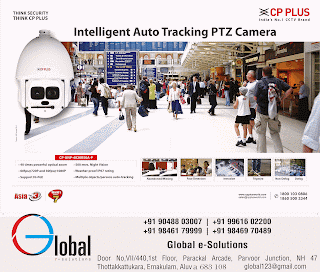What are Board Lenses?

What are Board Lenses?
Board lenses are mounted directly on circuit boards; hence they are called as board lenses. They are fixed and cannot be interchangeable like other lenses, ‘C-mount’ and ‘CS-mount.’ These lenses are very small and CCTV board cameras are also designed in such way so that they can connect directly to a recording device or TV. The only downfall is that they don’t have the same image quality or the range view that of other cameras. Lets let the forms:
Types of CCTV Board Lens:
Board camera lens are available in two different types: conical and flat. Conical lens needs a small hole and can be little larger. Flat lens are usually thin and can be kept well hidden behind clothing but it needs a bigger hole. Most of the conical lenses are used as ‘pinhole’ cameras that use very small viewing holes to take images. Some of the pinhole cameras use flat lenses but the smaller the hole, the poorer the image quality. There are some flat lenses that are made to be wide-angle, allowing for a bigger viewing range.
CCD Vs. CMOS:
These terms are referred to the various types of technologies used in board lenses used to capture images and transmit them on CCTV systems. The term CCD is known for ‘charged coupled display’. This lens captures images by transforming the captured light into electric changes that are later converted into digital images. CMOS term stands for ‘complementary metal-oxide-semiconductor.’ CMOS lenses also transforms light to electricity but consumes less power. These type of lenses generates lower quality images but are less costly that the CCD types.
Applications:
Board lenses are used in every secret way. They are used in pens, clothing, sometimes they are also stuffed inside animals and anywhere where the purpose is solved. They are also used in wall and ceiling domes.
Additional Features:
Apart from their basic applications there are different types of board lenses that has different features affecting the image and range quality. Some of these lenses have zooming capabilities that considerably enhance the range of view while others have adjustable irises, helping them get images in various light conditions. These features are both: manual and automatic.





Comments
Post a Comment